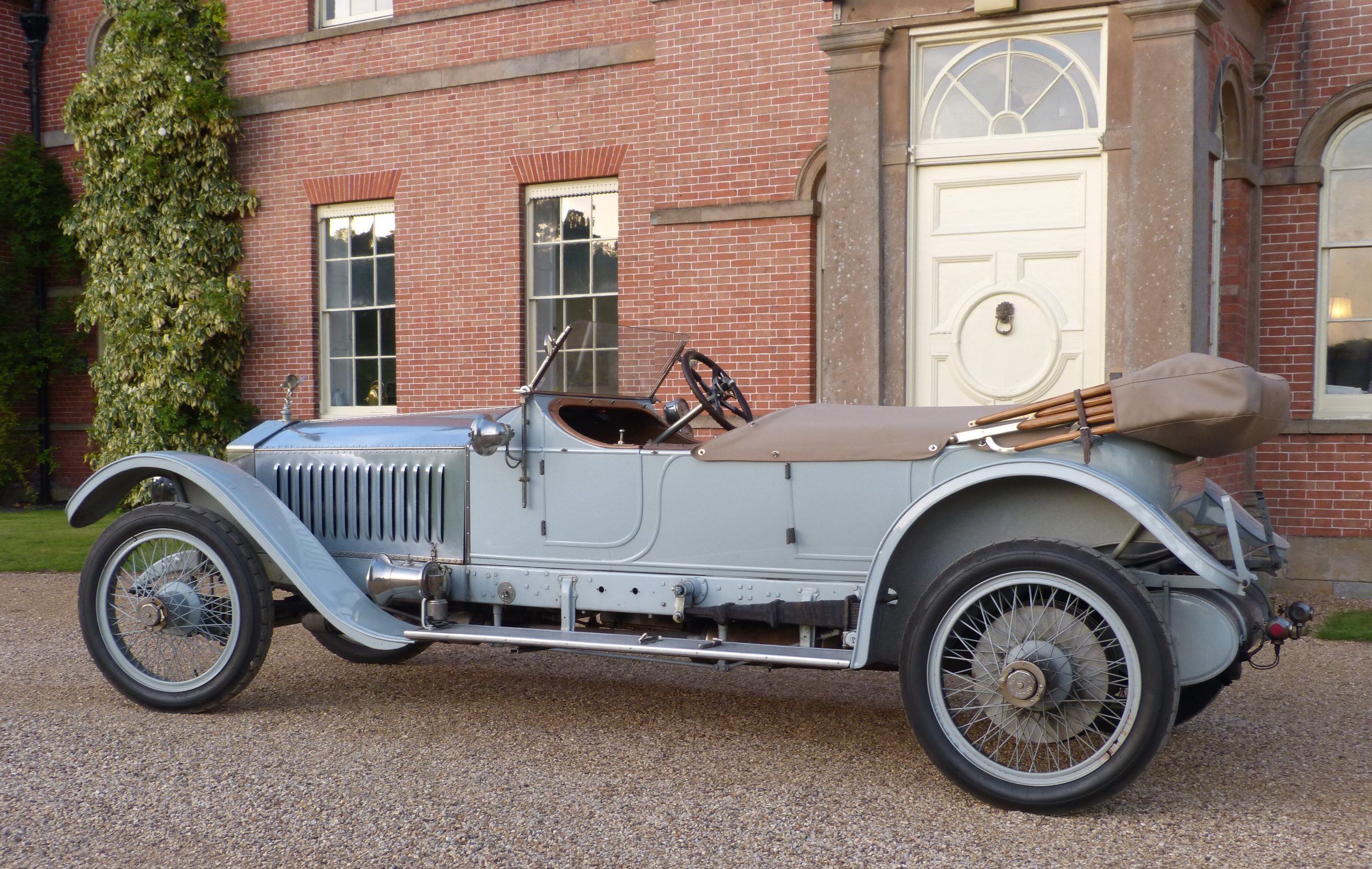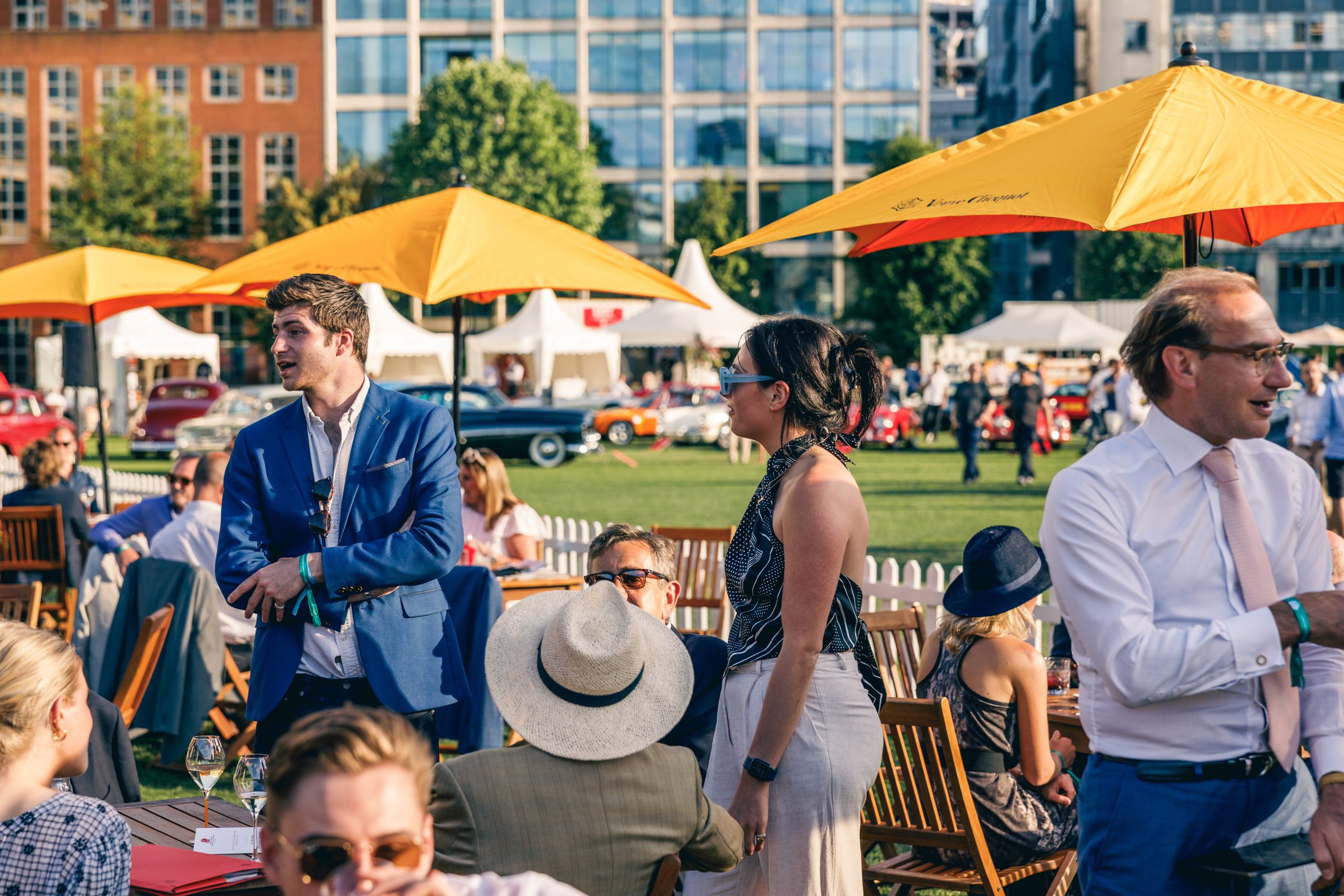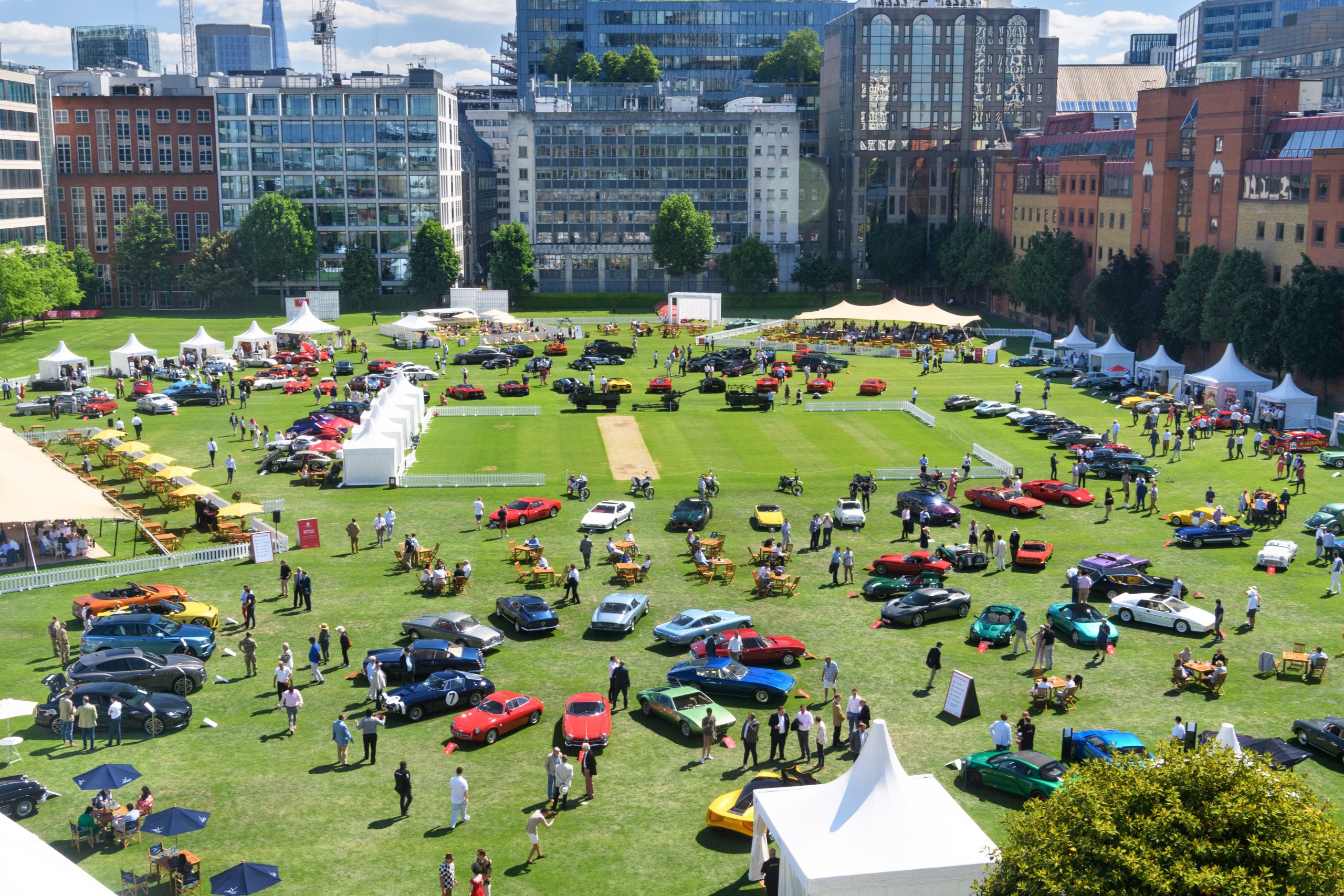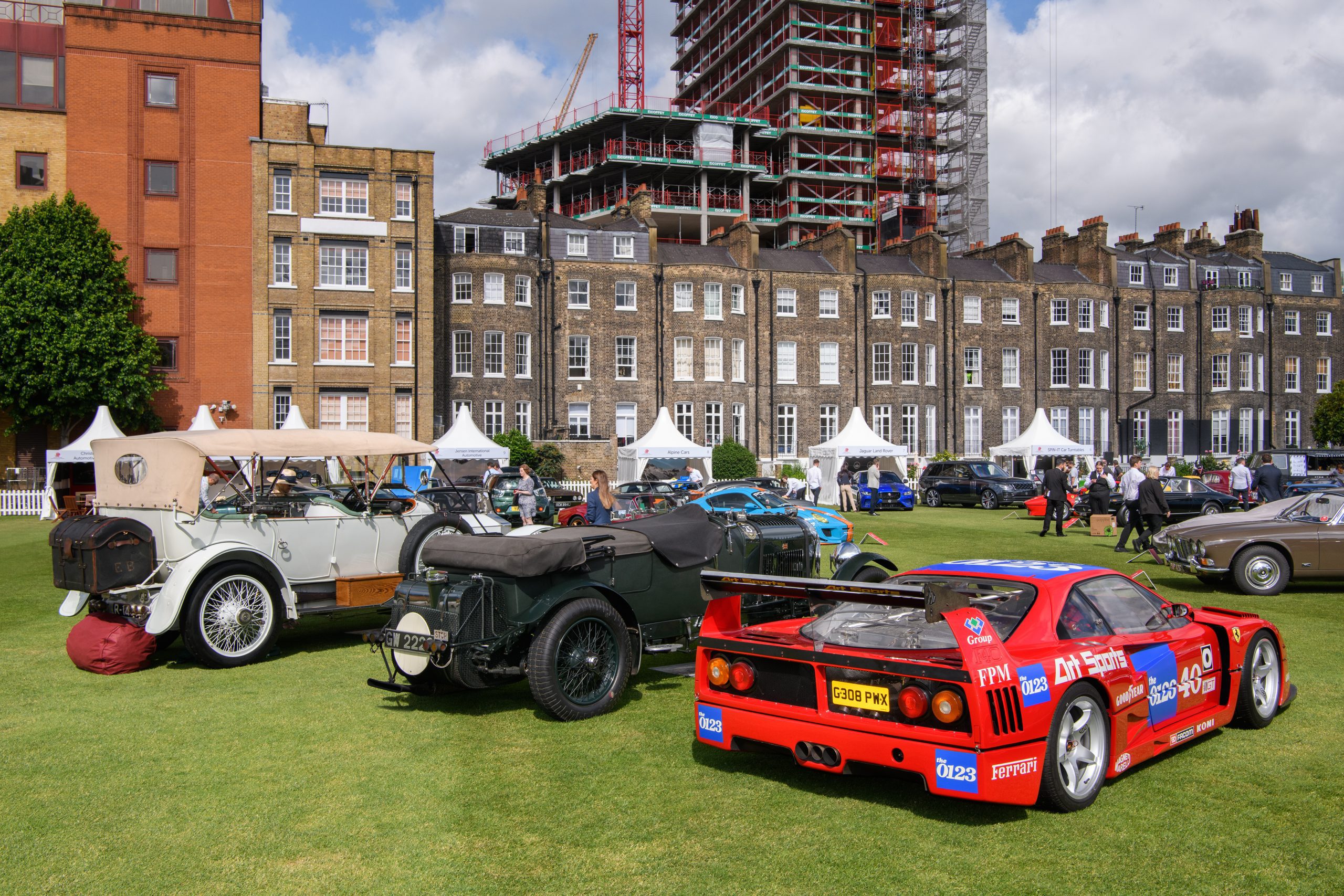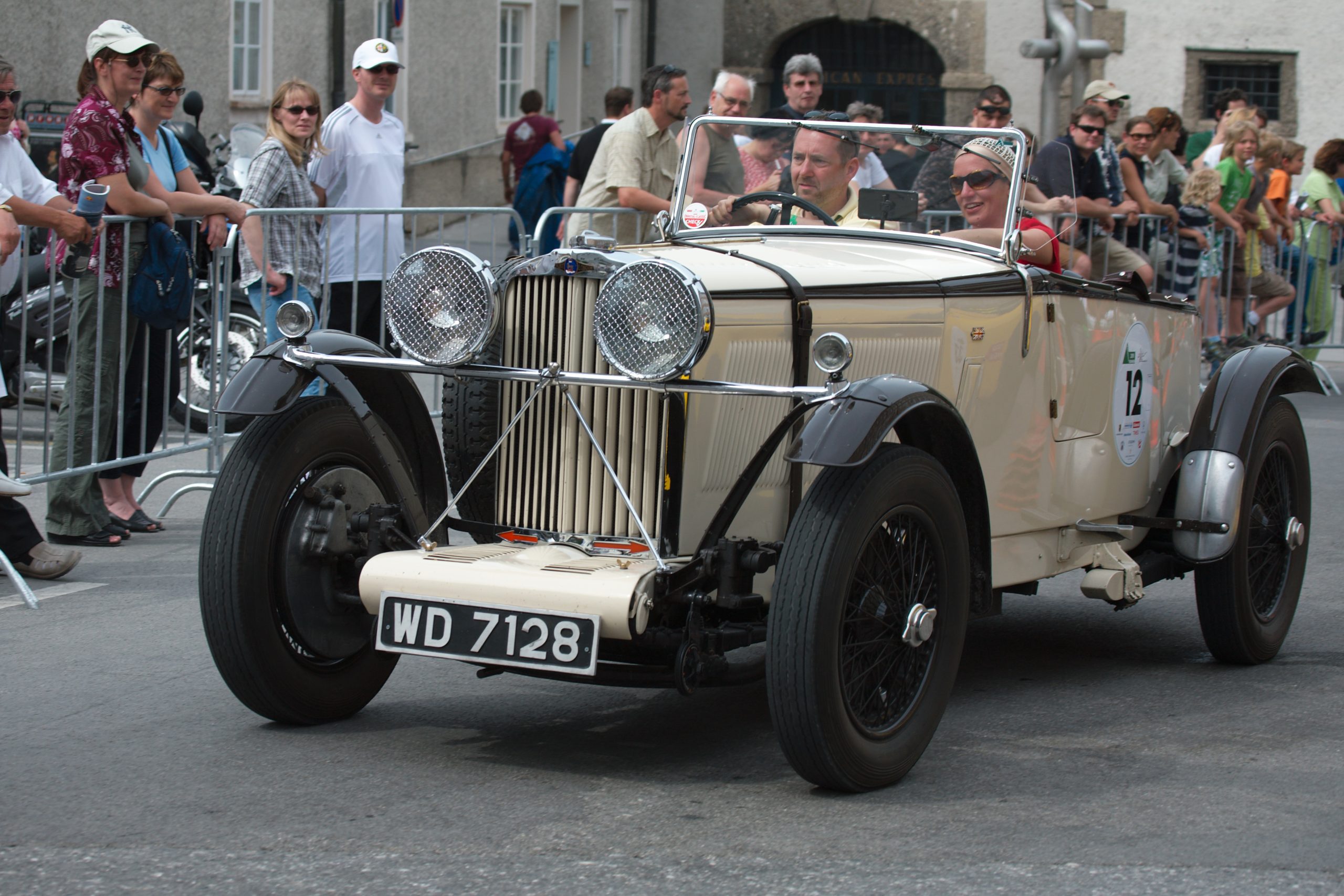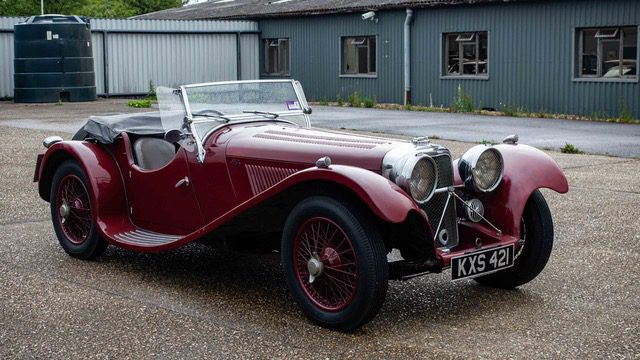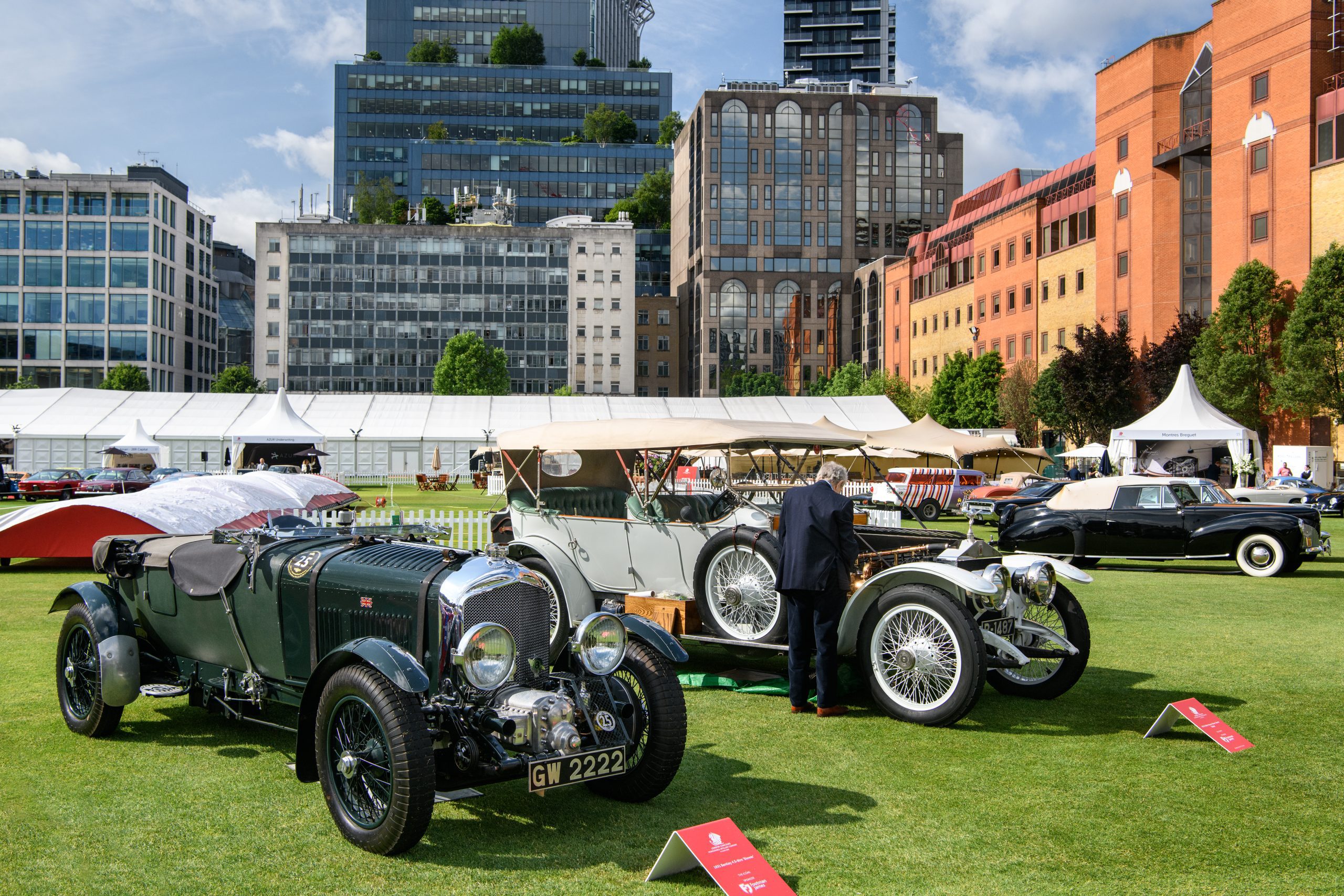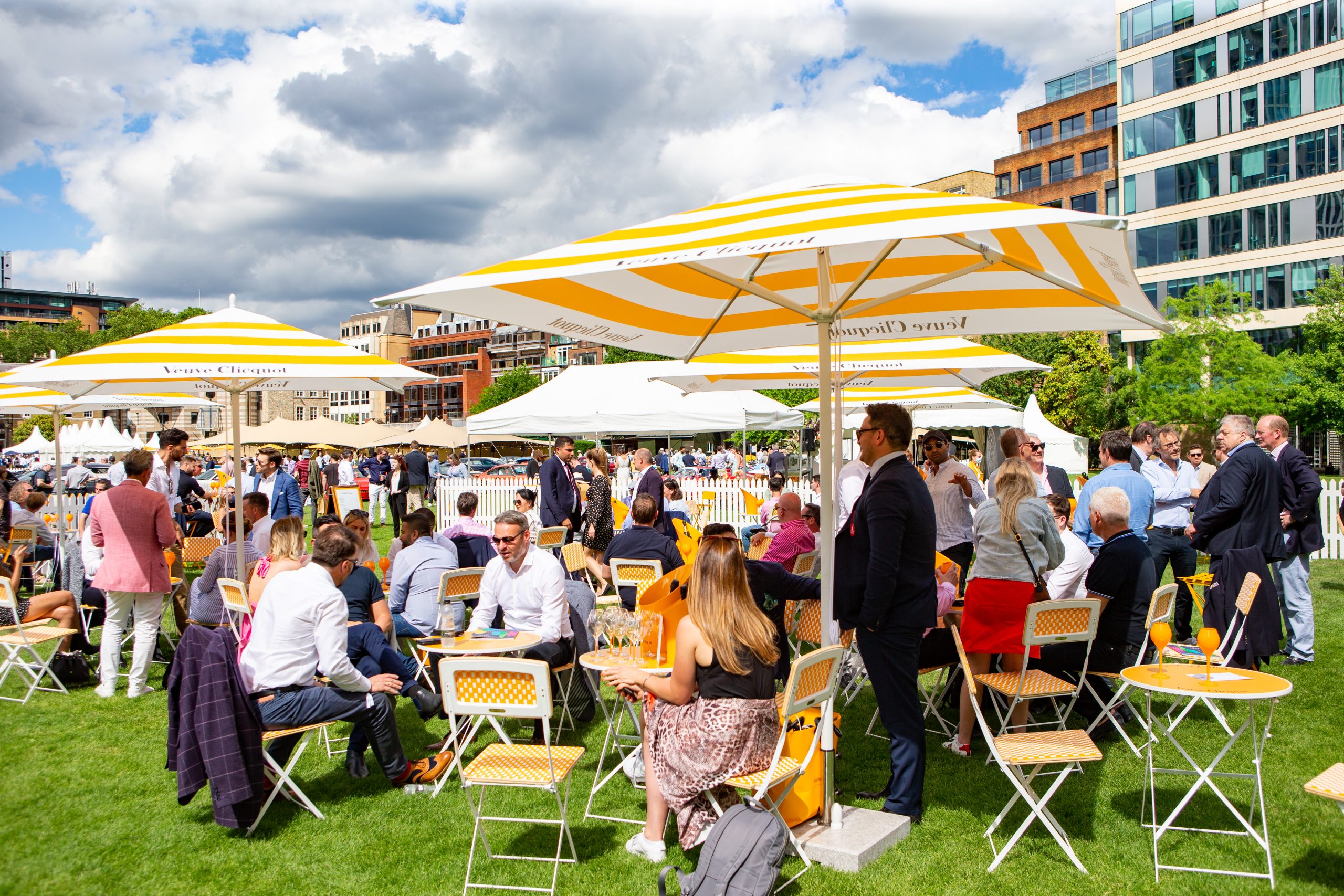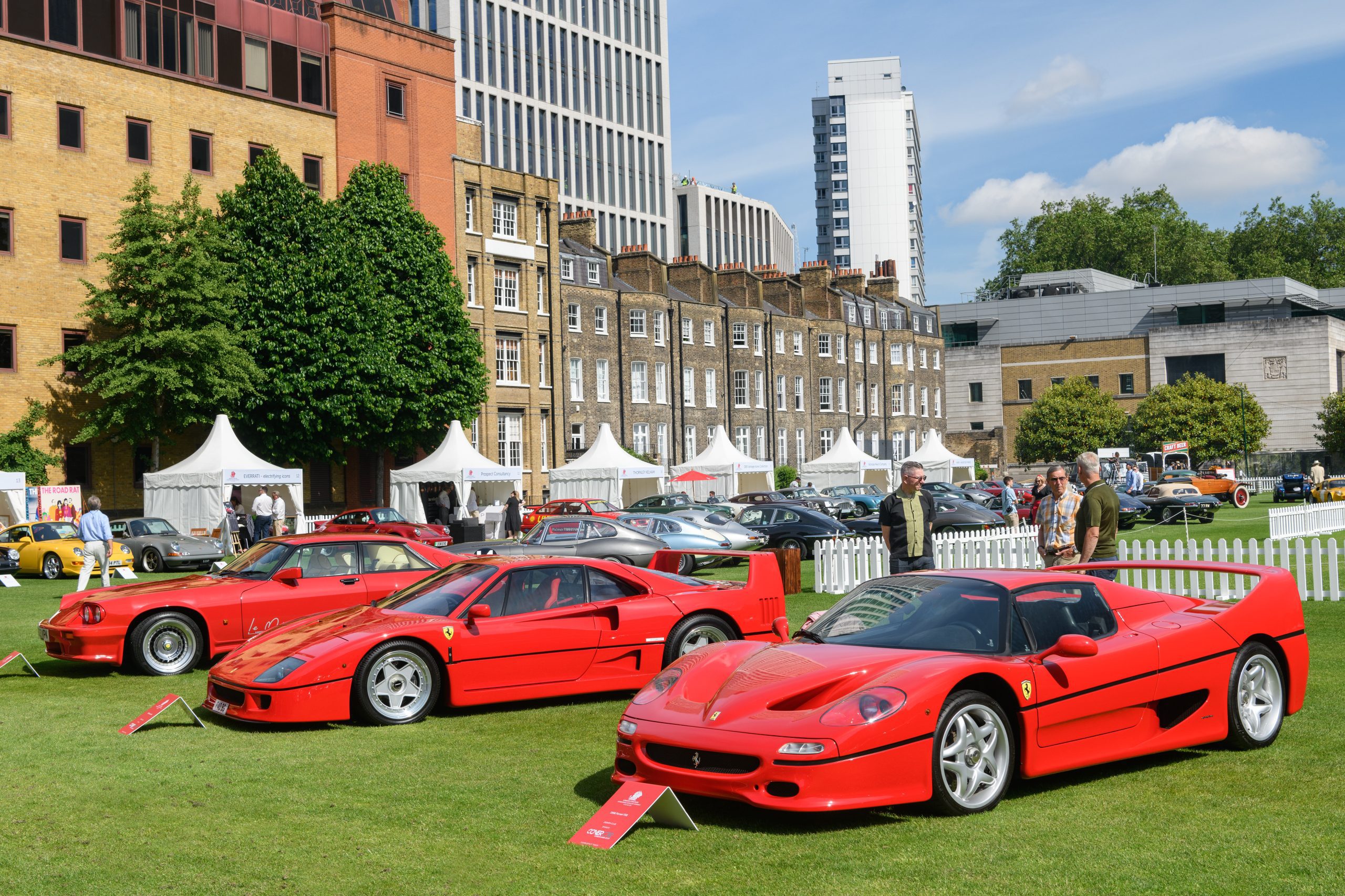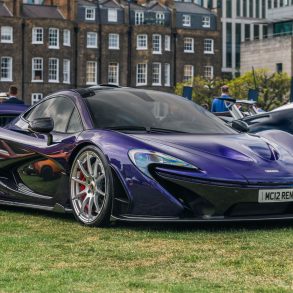To celebrate UK’s glorious motoring past, a new dedicated class ‘Great British History’ was announced by the London Concours, presented by Montres Breguet. This summer, an impressive collection of carefully curated pre-war cars will be gathered at the heart of the city, on the beautiful lawns of the Honourable Artillery Company. From June 28 to 30, they will be displaying the formative years of a number of Britain’s great automotive marques, and the industry as a whole.
Taken from the golden age of motoring, the impressive selection of motor cars will have what is the most famous Rolls-Royce, and arguably one of the most famous pre-war cars, if not the most famous pre-war car: the ‘Silver Ghost’. It is the embodiment of British engineering excellence. In 1906, the Ghost entered into production with a variety of body styles that house the refined machine.
Starting 1910, the Ghost was equipped with a silken 7.4-liter straight-six engine that can produce 50 hp – a powerful performance compared to its peers.
The Ghost that will be featured at the HAC was built in 1914 and is wrapped in a rare Sports Torpedo Tourer body which was designed to display the sporting capabilities of the example. Delivered new to one of the Cecil family of Burghley House in Stamford, one of the finest country houses in the UK. In 1918, its owner had the Ghost exported to the USA so they can be reunited as the owner moved there during the First World War. It stayed in North America for a while. In the mid-1920s, it was rebodied as an ‘Oxford Tourer’.

Eventually, it was acquired by Millard Newman, who was then one of the most renowned collectors of Silver Ghosts in the United States. In the early 2000s, chassis no. 30EB came home to Britain and it was fitted with a tool room copy of the original Barker Sports Torpedo body. Since then, it has travelled to different countries, and across continents. London Concours 2022 is a once-in-a-blue-moon chance to see this rare and exquisite Rolls-Royce up close.
Another iconic pre-war car that will be showcased at the immaculate grounds of HAC at the London Concours. It is a car that is at par with the Silver Ghost as one of the country’s automotive greats, the supercharged Bentley 4.5-liter ‘Blower’. Bentleys equipped with a naturally aspirated 4.5-liter engine has enjoyed some great successes on track. In 1928, it won at the grueling Le Mans. After two years in production, however, it needed more power to keep its winning record. One of the ‘Bentley Boys’, Henry Birkin introduced the idea of supercharging. Even with the initial objections of W.O. Bentley who thought that forced induction would mar their creations, it was not long after that supercharging was also introduced and became more common on production models.
In was in the 1929 London Motor Show that the production ‘Blower’ Bentley made its debut. It was equipped with an Amhurst-Villiers Roots-Style supercharger positioned in front of the crankshaft on the 4.5-liter inline-four engine. Despite the initial skepticism of W.O. Bentley, the results were undeniably impressive. Running 9 ½ lbs of boost, the power of the touring spec 4.5-liter naturally aspirated cars was increased from 110 bhp to 175 bhp for the touring ‘Blower’ model, and as much as 240 bhp for the racing model.

In their promotional materials, Bentley billed the supercharged car as one that would appeal to the ‘super-sporting enthusiast’ who wants ‘that little bit extra’. Even in ‘touring’ form, it can go over 100 mph, making the 1650 kg automobile as a supercar during its time.
Ettore Bugatti famously described the Blower Bentley as ‘the fastest lorry in the world’ as the huge British automobiles kept on performing impressively despite being almost 1000 kg heavier than his more delicate, featherweight racers.
There was only a total of 50 ‘Blower’ Bentleys that were produced. The example that will be showcased is chassis MS3936. It initially had a Lancefield drophead coupe coachwork, and it was then given a shorter ‘Birkin Style’ racing body. All examples of these rare, iconic, and historically memorable cars are still very much in demand until now with collectors willing to pay millions at auctions just to acquire this rare and impressive part of British automotive history.
A Bentley contemporary will also be featured, the Talbot 105 which was produced by the Anglo-French conglomerate Sunbeam-Talbot-Darracq. Talbot introduced the 105 in 1933 which was then designed by Swiss-born engineer Charles Roesch. His talent can easily be seen in the exhaustively engineered 105 which had a smooth, flexible, naturally aspirated straight-six motor which was most innovative at the time. It had lightweight internals, staggered valves, a high compression ratio and a Roesch stratagem. The free-revving unit in its most performance-oriented state can produce 132 bhp, which was a very high specific output in the 1930s.
In its day, the 105 was one of those that was considered to be the most desirable and best performing motor car. it was also considered to be one of the fastest four-seater to ever race at Brooklands circuit. The 105 had a wide variety of body styles to choose from.

It was relatively successful at Le Mans, placing 3rd and 4th in 1930 while it won the Coupe des Alpes in 1932. By the time production ceased in 1935, 330 examples have been built. For the Talbot marque, the 105 was one of its last models before it was closed down and the Rootes Group acquired the Sunbeam-Talbot-Darracq in 1937.
Anther examples that would also be displayed at the London Concours is the SS ‘Jaguar’ 100, the first car that carried the Jaguar name as well as the famed leaping cat insignia. SS Cars introduced the 100 in 1936, around 9 years before the company would officially be named Jaguar Cars Limited. Nicknamed 100 because of its top speed of 100 mph provided by its powerful straight-six overhead valve engines, it was also considered to be one of the prettiest sports cars from the 1930s.
During the first two years of production, the SS 100 was equipped with a 2.5-liter motor with 100 bhp. In 1938, it had a bigger 3.5-liter motor with 125 bhp. It weighed 1150 kg, and it had a pretty fast acceleration for its time as it can go from 0 to 60 mph in just 10.4 seconds.
Only a limited number of SS 100s were produced during its time. 189 units of the SS 100 were produced in the 2.5-liter variant, while only 116 units were produced for the cars with the more powerful engine. Understandably, these sports cars can be considered as the cars that started Jaguar as a brand. Due to their historical as well as their scarcity, it is not surprising that the model is of great interest for collectors. When offered up for sale, it is not surprising that these cars can easily fetch six-figure sums.

Another proto-Jaguar will be on display, the predecessor of the SS 100, the SS1 ‘Airline’. It made its debut in 1934, roughly around the time that production of the SS1 was ending, and it stayed in production until 1936. Designed with a streamlined, art deco body, the target market was definitely the more mobile, younger generation though it had a certain elegance that one would expect from a more bespoke coach-built model. The price of the Airline was much more reasonable, however, as it retailed at only £360, which is roughly around £18,000 today. Despite the dramatic, swooping lines, the Airline was actually practical. It had a large boot, as well as enough room for its passengers both at the front and the back. Clients can choose between two engines, one which was officially rated at 16 hp and for an additional £5, one can acquire the more powerful 20 hp. After doing laps at the Brooklands by The Motor, it was found to be capable of 80 mph. Only 624 units of the Airlines were produced from a total SS1 production run of 4254 cars. It is a notable motor car that inspired and influenced the elegant Jaguars that followed.
A very special car from the 30s from another storied marque will be one of those on display this June, a Lagonda LG45 Rapide. It made its debut in 1936 and it immediately established itself as one of the fastest production cars to be launched as it was capable of going over 100 mph.
One of the notable histories of the Rapide is that it was developed with the help of W.O. Bentley. After Rolls-Royce purchased Bentley, he then joined the Lagonda team. The Rapide and the Lagondas – especially the ones that successfully raced at Le Mans – had a lot in common mechanically. However, the 4.5-liter car that claimed victory at the Circuit de la Sarthe in June 1935 was optimized for the road. The engine was wrapped in a beautiful and elegant body designed by Frank Feeley. W.O. Bentley optimized the six-cylinder engine for better performance and reliability, matched with a four-speed manual transmission and featured synchromesh on the 2nd, 3rd, and 4th gears which provided a very refined driving experience. Only 25 of these gorgeous motor cars were produced. Thought to be one of the best pre-war Lagondas, this is a great chance to see and admire one of the models for British engineering excellence.
This summer, these significant British motor cars will join other similarly storied and impressive examples on display at the Honourable Artillery Company, at the ultimate summer automotive garden party in London.
London Concours Director Andrew Evans shared, “We are delighted to bring together this special array of historic – genuinely great – British cars for this summer’s show, which is now under a month away. The assembled selection will typify the qualities that underpinned this country’s automotive industry in the pre-war period: engineering ingenuity, resourcefulness, and genuine design flair. The selection will sit proudly alongside the event’s range of rare and exotic machinery from the decades that followed.”
Evans added, “Guests to the Honourable Artillery Company will once again be treated to an unprecedented array of motor cars, along with a decadent range of food and drink options, and a carefully curated line-up of luxury brands and boutiques. London Concours 2022 is set to be an occasion of total automotive indulgence.”


